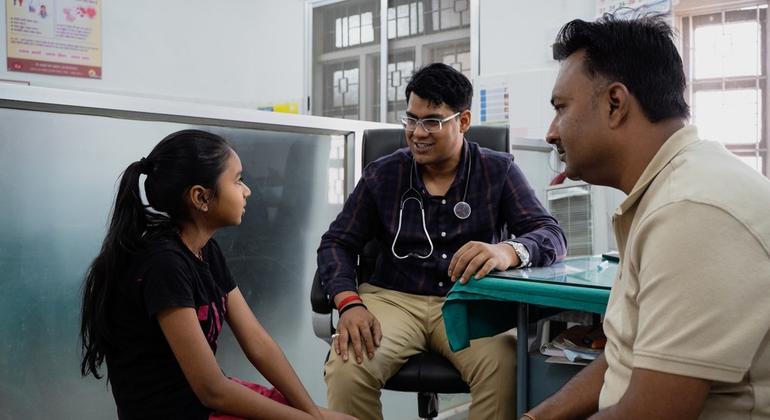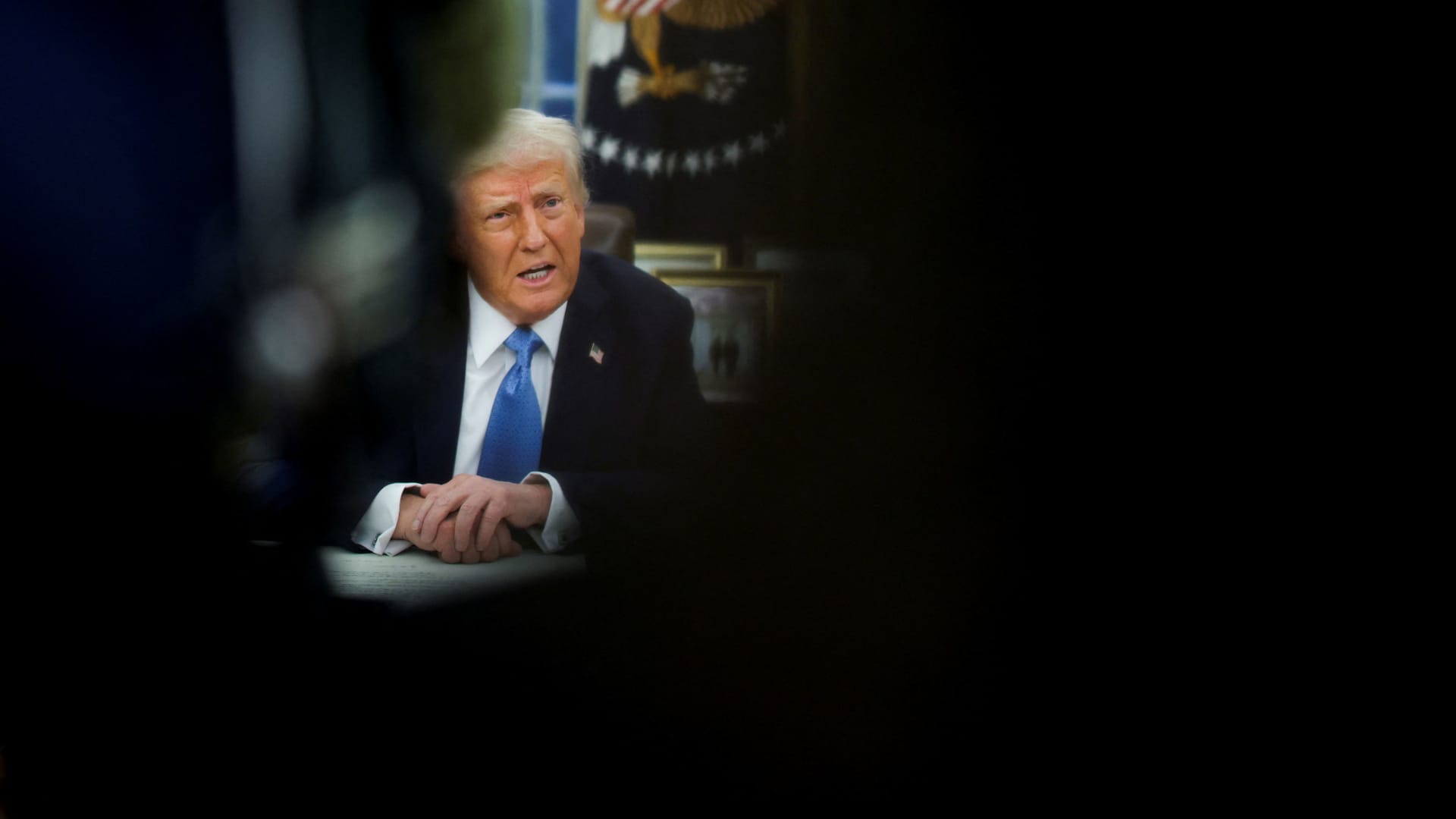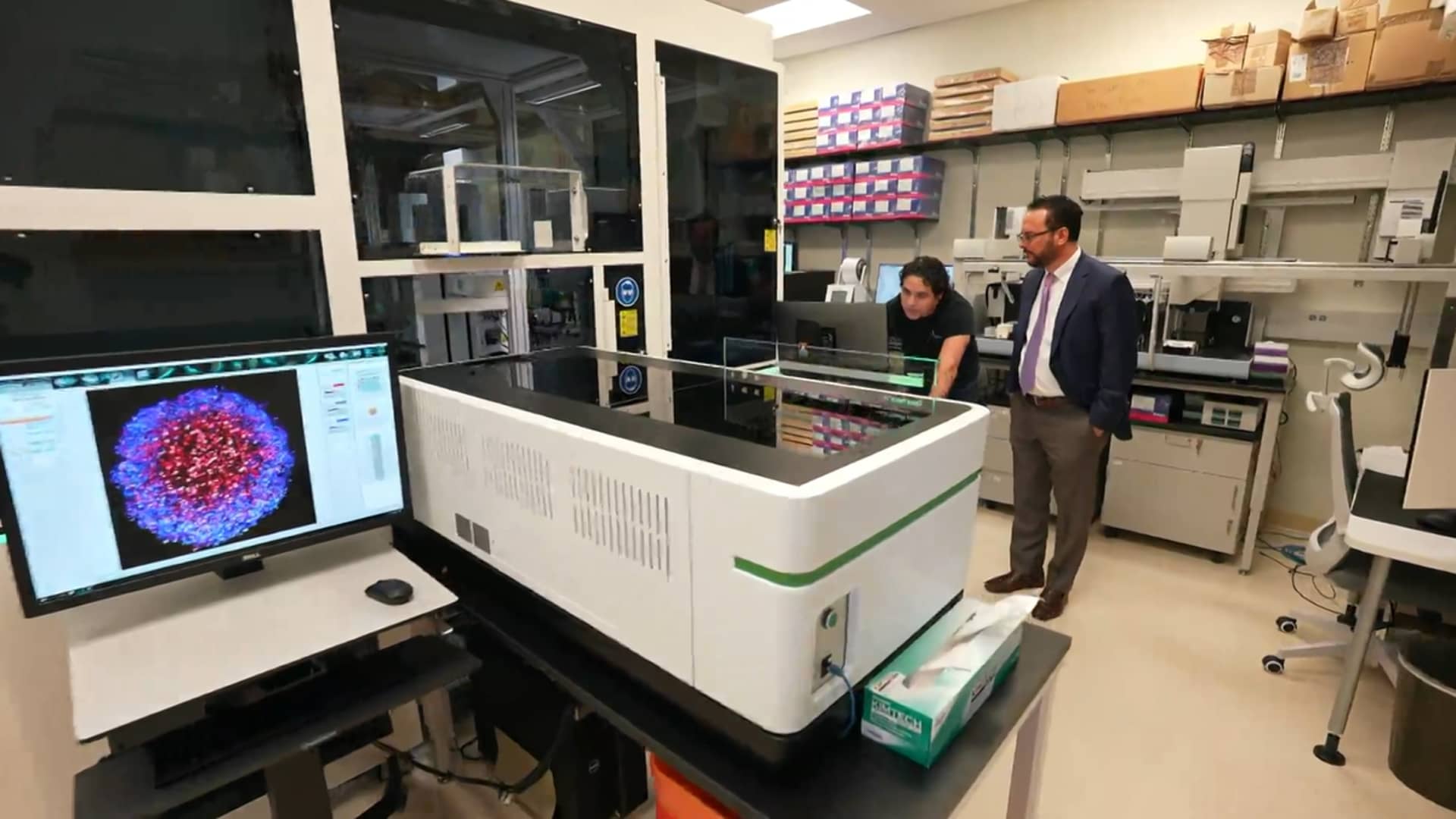The New York Stock Exchange welcomes Johnson & Johnson.
NYSE
Johnson and Johnson on Monday he announced that he is working with NVIDIA Develop and scale new artificial intelligence applications for surgery.
J&J's MedTech unit and Nvidia plan to integrate AI into devices and platforms from preoperative to postoperative to help ensure surgeons have access to all the information they need, said Nvidia healthcare vice president Kimberly Powell. For example, companies are using AI to analyze surgical videos and automate time-consuming documentation after a procedure.
“There is the possibility of using all sources of data within an operating room, whether it is your voice or video from an in-body camera, or anywhere else, to take advantage of the generative AI moment we are in “Powell told CNBC in an interview.
J&J's MedTech unit creates tools and solutions for conditions such as heart failure, kidney disease and stroke, and its technology is used in more than 75 million procedures each year, the company told CNBC. Powell said Nvidia has been working on medical devices and imaging for more than a decade.
Shan Jegatheeswaran, vice president and global head of digital at J&J MedTech, said just one minute of surgical video is roughly equivalent to 25 CT scans, so having the computing power and infrastructure to annotate and share those videos widely will be powerful for doctors. surgeons.
In the short term, he said de-identifying and improving the video can help educate and train surgeons. In the long term, analytics can be overlaid on video to provide real-time decision support. More accessible surgical video means that residents will not have to rely solely on the knowledge and availability of the most experienced physicians at their institutions.
“Think about athletes. They watch game tape and they get better over time when they watch themselves,” Jegatheeswaran told CNBC in an interview. “That's kind of the starting point. That's the near-term holy grail.”
Powell said the collaboration is in the “early stages” and that many applications will take time to refine and deploy securely. However, he said non-diagnostic use cases, such as automating paperwork, will help save surgeons time and make a difference “from the start.”
“I think all of us as patients should be really excited about the fact that this type of technology is going to be able to come in and be within the reach of every doctor, every working nurse and every healthcare staff.” Powell said. “They will have the best tools and information at their disposal.”












